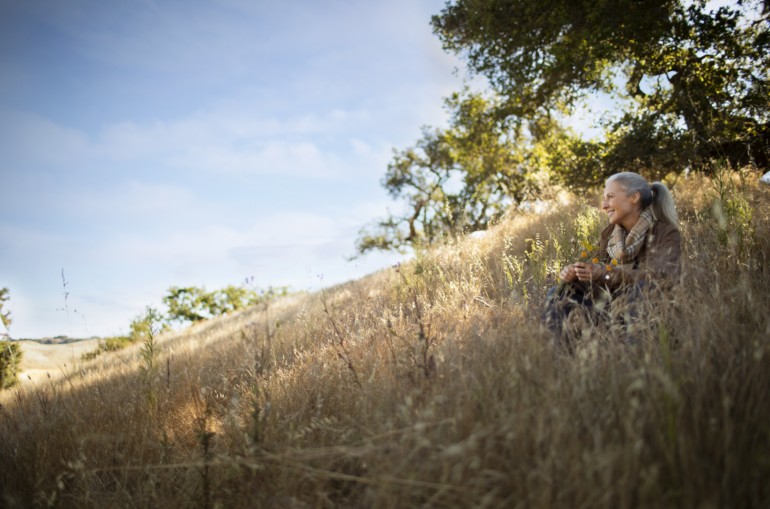Japan, Spain and France are often held up as shining examples of places where global life expectancy is the highest — around 85 years — but Marin County can compete with any of them. In fact, a 2022 report from the University of Wisconsin and the Robert Wood Johnson Foundation lists Marin as the No. 1 county in the United States for community health and well-being over time, a designation we’ve held for 12 of the 13 years the rankings have been compiled. And that’s a good thing, as approximately 27 percent of Marin County’s population is at least 60, and by 2030, projections indicate that at least one in three Marin residents will join the club.
But what’s the secret sauce to living longer? And what is it about Marin County that helps its residents live out their golden years for so many years?
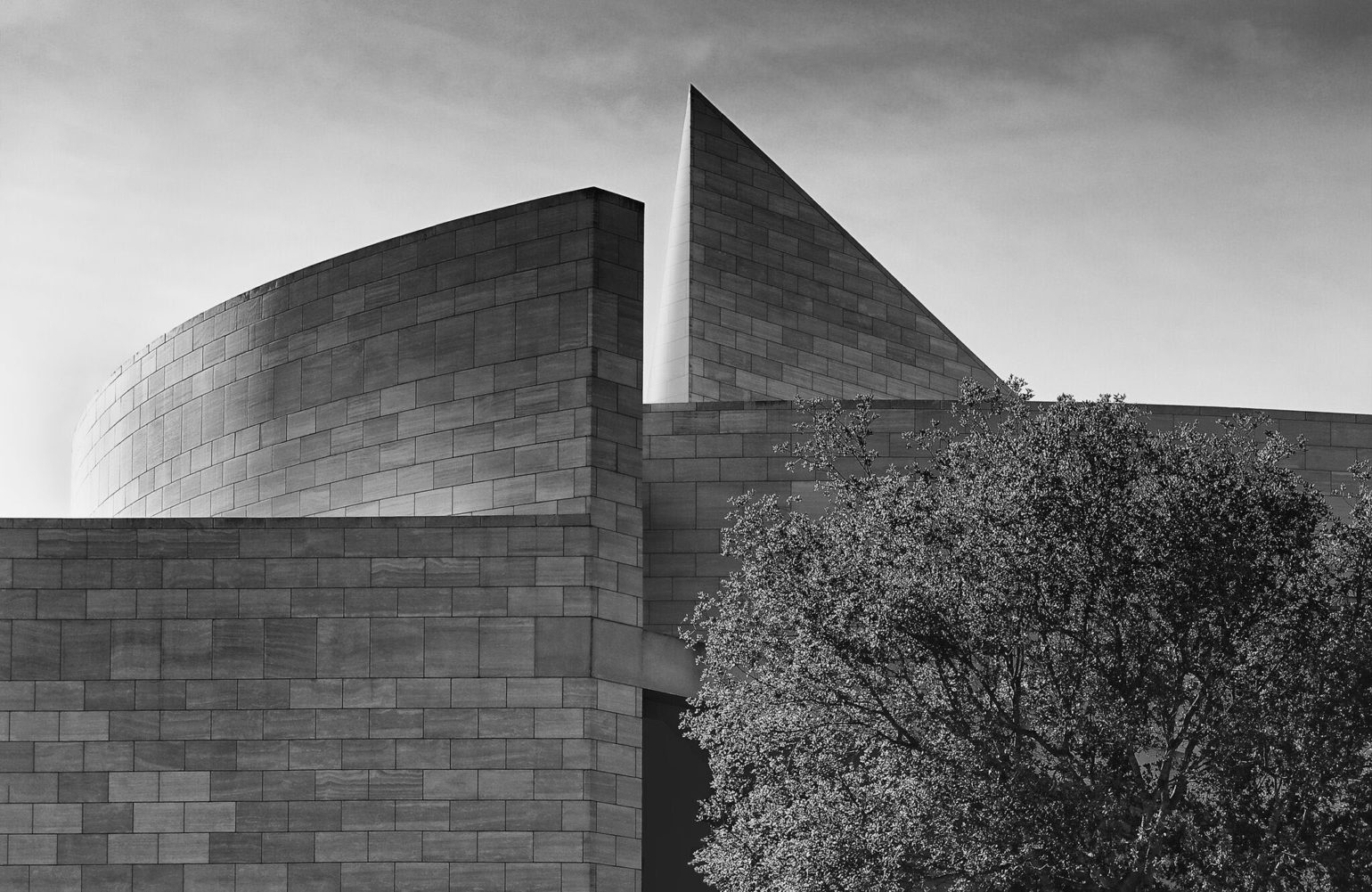
Gordon Lithgow, vice president and researcher at Novato’s Buck Institute on Aging, whose research focuses on increasing human lifespan and quality, answers this question bluntly: “Wealth — it’s the driving factor.” There’s no disputing that Marin is one of the wealthiest counties in the U.S., with a median household income of $121,671, according to the latest census data. Money is closely tied to longevity because it provides access to the most important factors that support healthy aging: nutritious food, time for exercise, and educational and stress-reducing resources, according to Lithgow. Add to that access to healthcare, mental stimulation and age-friendly communities, and you have a recipe for living longer — and most importantly, better. Here are seven reasons why Marin County is an ideal place for aging well.
Exercise
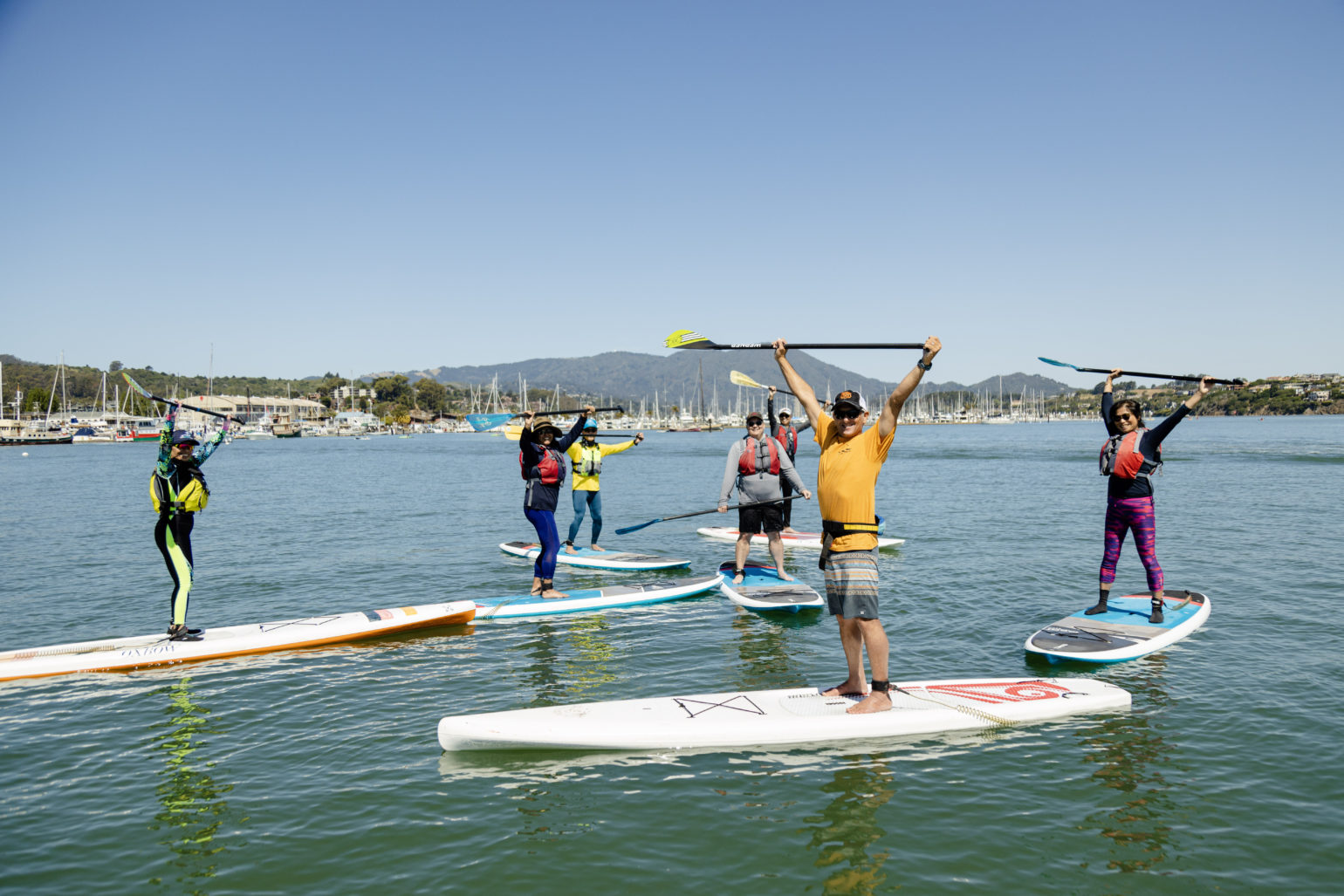
When it comes to healthy aging, there is one factor overshadowing all others, according to Lithgow. “The power of exercise in aging is indisputable,” he says.
In Marin, we’re lucky enough to be able to exercise both indoors and outdoors all year round. Whether you’re into interval training, SoulCycle, yoga or barre workouts, you’ll find plenty of gyms and classes here. There are numerous community fitness facilities offering access to the public, as well. If exploring nature is more your jam, we’ve got that, too. With our rolling hills and abundant sunshine, it’s no wonder mountain-biking was invented here, and hiking, surfing and open-water swimming have reached epic popularity.
A further testament to Marin’s passion for keeping fit: The women’s activewear company, Athleta — which got its start just up the road in Petaluma — chose to open its first retail store in Mill Valley in 2011.
Food
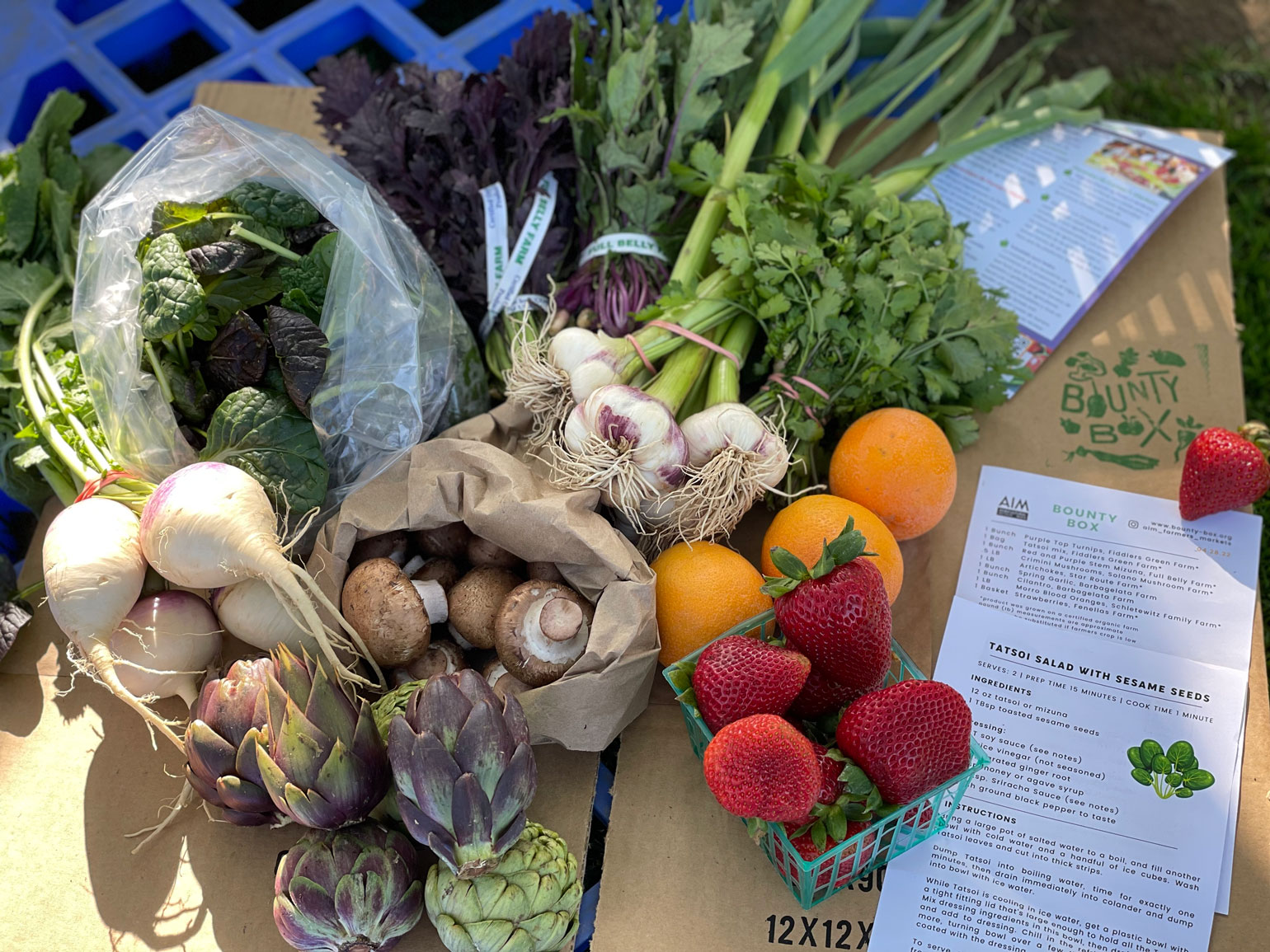
There’s no doubt Marin is a leader in fresh, local and organic ingredients. Between the plentiful farmers’ markets and the local and organic dairies and small farms that make their homes in our county, there’s no excuse to eat unhealthily here.
From a quick stop for fast food in the form of veggie burgers and plant-based shakes at Amy’s Drive Thru in Corte Madera to apprentice organic farming programs at Green Gulch Farm, Marin is a leader in the healthy food movement. The College of Marin even offers an organic farming program — Indian Valley Organic Farm and Garden.
The Agricultural Institute of Marin operates nine farmers’ markets in Marin, San Francisco and Alameda counties, and prides itself on its programs to bring fresh and healthy food not only to the economically advantaged but to “address food-related racial and economic inequalities among producers, shoppers and communities,” especially through its Rollin Root, Bounty Box and Market Match programs. Vanya Goldberg, community programs manager at the institute and a trained farmer, says the importance of “eating lower on the food chain with an emphasis on fruits and vegetables” is key. And she sees an added benefit in the community connection for senior volunteers who work to support these programs.
Education
Between its opening in 1999 and now, the Buck Institute on Aging’s research field has become a growing concern for academia, biotech and even Silicon Valley “biohackers,” who hope to increase lifespan via vitamins, DNA data mining, blood transfusions and anything else they can think of. But the Buck campus, set to expand to twice its size in the coming years, takes a more measured approach, at once involving research, training of up-and-coming scientists, and education for visitors from both Marin and around the world.
Positive health outcomes flow from health knowledge, and the Buck’s community education programs take place in its 1,400-square-foot education center, focusing on subjects including the future of aging, regenerative medicine, specific age-related diseases and the role of exercise in health. Other health education programs in Marin include those from Huckleberry Youth Programs, Kaiser-Permanente, MarinHealth, Marin City Health and Wellness Center and more.
Stress Management

Believe it or not, studies suggest short-term stress is actually good for our health; the chronic kind is where aging really picks up steam. Lucky for us, Marin offers innumerable ways to combat the stress of daily living. A big one is access to nature, and from state parks to open-space preserves, nature is all around us here.
A 2017 research paper, Nature Contact and Human Health: A Research Agenda, concluded that contact with nature may offer a range of human health benefits, including stress reduction, better sleep, improved mental health, lower blood pressure and reduced blood sugar, stronger immunity and better eyesight, to name just a few benefits. Casey Arndt, center director of the Richardson Bay Audubon Center & Sanctuary in Tiburon, says she knows from personal experience that “nature heals” both physically and mentally. “My parents have been fish and wildlife biologists for 40 years out in the field, and I know they attribute some of their staying power to working in nature,” she says.
With spiritual programs offered at Green Gulch Farm and Spirit Rock, Marin is also a longtime hub for stress-busting meditation, which is associated with increases in antiaging hormones, DHEA and melatonin, as well as the lengthening of telomeres, according to research by antiaging scientist Thiago Freire and others.
Healthcare
While access to information about health is certainly a pillar of aging well, so too is access to world-class healthcare and clinicians. Marin County is tops in both Western and alternative medical modalities, with MarinHealth (affiliated with UCSF) a consistent award winner, especially in the fields of age-related issues like heart failure, stroke and diabetes. There are also five locations for Marin Community Clinics around the county, where patients with no insurance or those who are underinsured can see a doctor.
But no discussion of healthcare would be complete without a nod to alternative and integrative modalities in Marin County. Practitioners of all stripes make their homes here, and whether you’re looking for acupuncture, herbal or food-as-medicine treatments, homeopathic medicine, cryotherapy, alternative (bio-identical) hormone replacement therapy, ozone therapy or high-dose IV vitamin C treatment, you can find a place to do it. Todd Maderis, a naturopathic doctor and founder of Marin Natural Medicine, points to hormone replacement therapy, mitochondrial support in the form of CoQ10 and NAD supplementation and antioxidant therapy as three common modalities used to combat aging. “Antioxidants play a part in minimizing damage to cells,” he says.
Arts & Culture
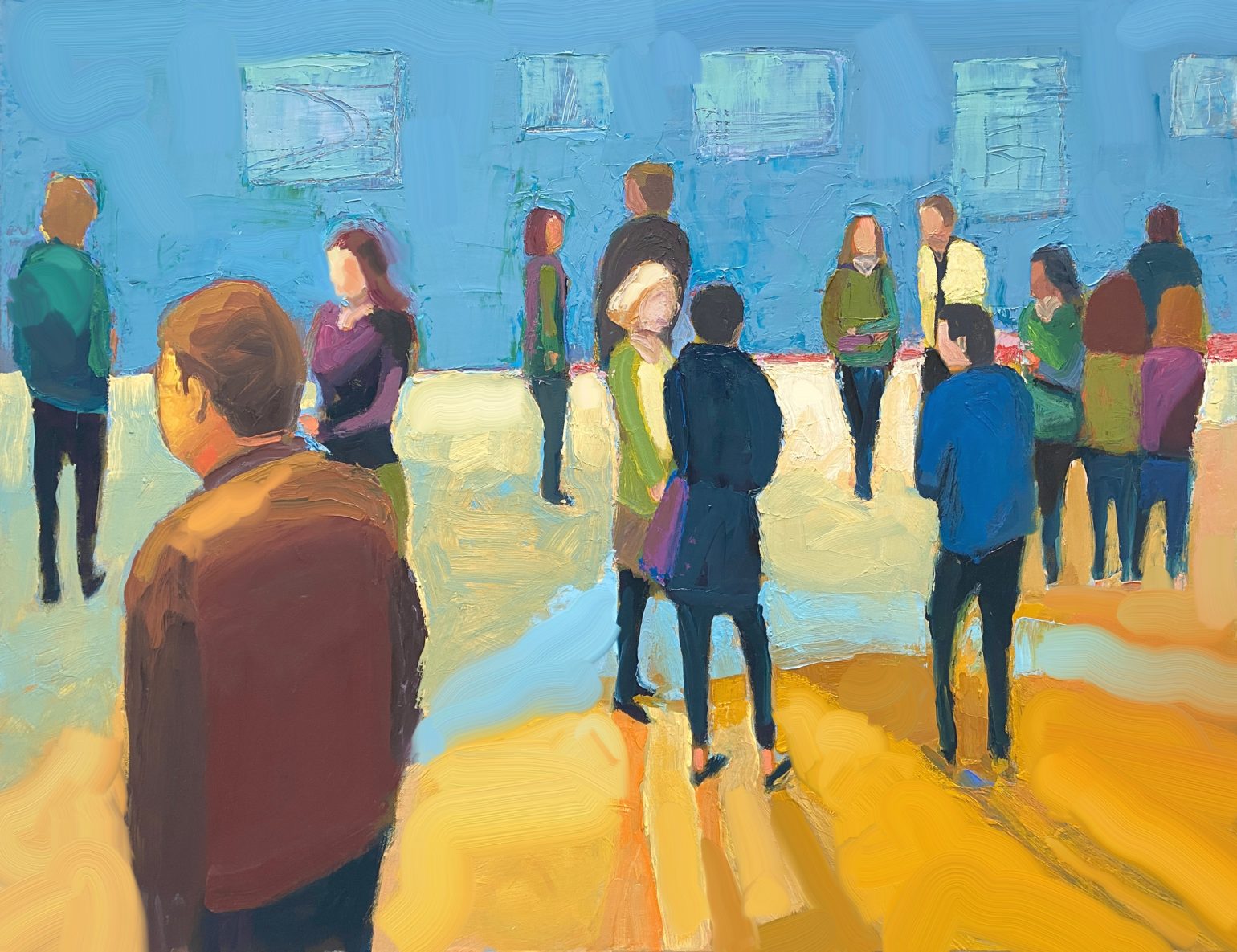
Marin is filled with famous writers, actors, musicians and business leaders, as well as being home to numerous art and wine festivals, author lectures, the Mill Valley Film Festival and more. There’s no doubt that smart, educated, engaged people live here and populate the area with forward-thinking ideas and creativity.
What does that have to do with health? Well, according to the Global Council on Brain Health, research shows that engaging in cognitively stimulating activities of any kind can reduce the risk of brain decline as we age. There’s also evidence that the social cohesion that many of these activities promote are another factor that can keep us going better and longer.
Community
No matter what we do, we all grow older — it beats the alternative, as they say. To address this inevitable aging, the WHO Global Network for Age-friendly Cities and Communities was established in 2010 to connect cities, communities and organizations worldwide with the common vision of making their communities a great place to grow old. Nine of the 11 incorporated cities in Marin are now in the network. The county estimates that half of older adults need assistance at some point, resulting in a need for more services from government agencies, nonprofits, friends and family, so in January 2020 the county’s board of supervisors went a step further and unanimously approved the Age Forward plan that puts forth a framework to make Marin more aging-friendly. “This is a call to action for everyone, since aging affects us all,” County Administrator Matthew Hymel wrote at the time.
The Age Forward initiative involves collaboration with all county departments, says Lee Pullen, director of Aging and Adult Services, who points out that “40% of Marin residents over 60 are living alone.” For that reason, Age Forward action items focus on housing, mobility options, community services, disaster preparedness, social connection and services in unincorporated areas, with an eye toward equity for all residents.
Our support systems and our Marin lifestyle matters — a lot. In fact, as little as 3% of aging can be attributed to genetics, according to some researchers. Whether that number proves true, there’s no doubt the vast difference in how, and how long, we age is due to other factors, which, as the Buck’s Lithgow says, is “the bad news, and the good news.”
Giving Seniors a Helping Hand
Prosperous Marin County has many advantages when it comes to aging well, however not everyone in our communities has equal access to critical resources and services that aid longevity and quality of life. Within lower income areas, life expectancies are approximately a decade less than the county average, according to Gordon Lithgow, vice president and researcher at the Buck Institute on Aging. A number of philanthropic and volunteer-driven programs in Marin County, however, are trying to flip the script to help all Marin elders live long, healthy lives. Looking to help? Here are a few organizations to reach out to.
- Vivalon: Serves as a central resource hub for Marin County’s older adults, and recently announced the breaking ground of its Healthy Aging Campus, which will include 67 units of 100% affordable housing
- Institute on Aging: Provides innovative, community-based programs that enable seniors to live at home for as long as possible
- Bread and Roses Presents: Focuses on bringing “hope, healing and joy” to senior care communities through live music and the performing arts
- Sausalito Village: Utilizes a “neighbor-helping-neighbor” approach to connect volunteers with elders who need rides, phone check-ins, medical advocacy and more
- Patients Rising: Focuses on advocacy for people living with chronic and life-threatening illnesses
For more on Marin:
- Women, Sex and Aging: How Women Are Embracing Their Post-Menopausal Zest
- 4 Summer Superfood Recipes Packed With Ingredients that Promote Healthy Aging
- 10 Groundbreaking Medical Innovations That Are Dramatically Changing Healthcare Outcomes
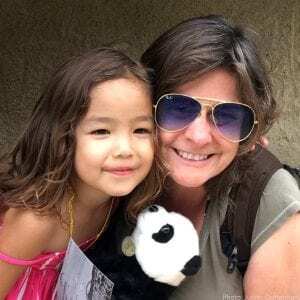
Maria De La O is a graduate of Columbia Journalism School and is an award-winning writer and editor, having contributed to publications including the Village Voice, San Francisco Bay Guardian, Curve and the Washington Post. She lives in San Francisco and New York with her partner and uber-cool daughter, Vivienne. She supports all manner of media nonprofits and volunteers for Dear Community, an initiative to revive San Francisco Chinatown and support AAPI elders.

